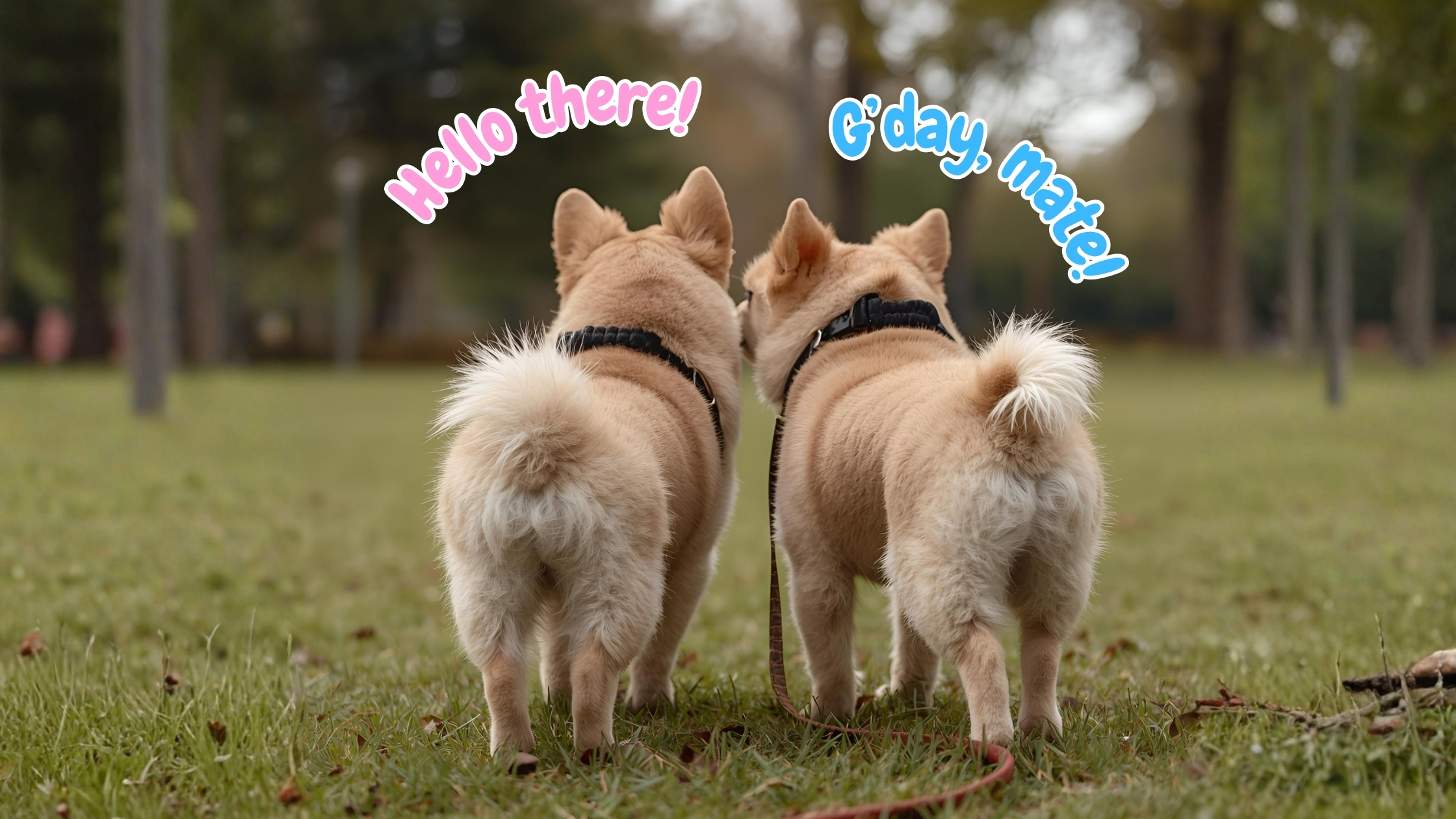
Why Dogs Sniff Other Dogs’ Butts (And Why It’s Perfectly Normal)
If you’ve ever taken your dog to the park, you’ve probably seen it: two pups meeting for the first time, circling each other like little furry satellites, and then—without hesitation—going straight in for the sniff. Yes, the butt sniff. To us humans, it may feel a little awkward, but in the dog world, it’s the equivalent of a handshake, a hug, and an icebreaker all rolled into one.
So, why exactly do dogs sniff each other’s behinds, and why is it such an important part of their communication? Let’s dive nose-first into the science of it.
The Science Behind the Sniff
Dogs are equipped with an extraordinary sense of smell—tens of thousands of times stronger than ours. Inside their noses, they have a special organ called the Jacobson’s organ (or vomeronasal organ), which is designed to detect pheromones. These chemical signals carry all sorts of juicy details about another dog: their age, sex, health, diet, emotional state, and even whether they’re ready to mate.
When a dog sniffs another dog’s rear end, they’re not being rude. They’re essentially downloading an entire biography in seconds, picking up on information that no human conversation could ever cover so quickly.
A Doggy Introduction
In the human world, we introduce ourselves with names, handshakes, or a quick chat about the weather. Dogs do the same thing, but with their noses. A butt sniff is how one dog says to another: “Hi, who are you? Are you friendly? What’s your story?”
This sniffing ritual is particularly important when dogs meet for the first time. It sets the stage for how they will interact. One dog might sniff and decide, “You’re cool, let’s play,” while another might sniff and think, “You’re a bit too much for me.” Either way, it helps them figure out where they stand with each other.
Communication Without Words
Dogs don’t rely on spoken language like we do. Instead, their communication is a cocktail of body language, vocalisations, and scent. Sniffing is their version of asking questions, sharing information, and establishing boundaries.
Interestingly, dogs that skip the sniffing stage sometimes struggle more with socialisation. It’s a key part of how they build trust and avoid conflict. Think of it as their way of gathering context before diving into play—or deciding if play is even on the cards.
Why It’s Important to Let Dogs Sniff
It can be tempting to pull your dog away when they start sniffing another pup’s backside, especially if you’re in a rush or find it embarrassing. But here’s the thing: allowing your dog to sniff is vital for their social health. It gives them the chance to communicate naturally and learn about the world around them.
Of course, supervision is important. Not every dog appreciates being sniffed, and some can be more sensitive than others. Always watch the body language—relaxed tails and loose movements usually mean everything is fine, while stiff postures or growls are clear signs to step in.
The Bottom Line
Butt sniffing might look funny to us, but in the dog world, it’s a sophisticated form of conversation. Through this simple act, dogs can gather information, build relationships, and avoid misunderstandings.
So next time your pup stops for a sniff at the dog park, remember: they’re not being impolite. They’re just saying hello in the most natural, dog-like way possible.